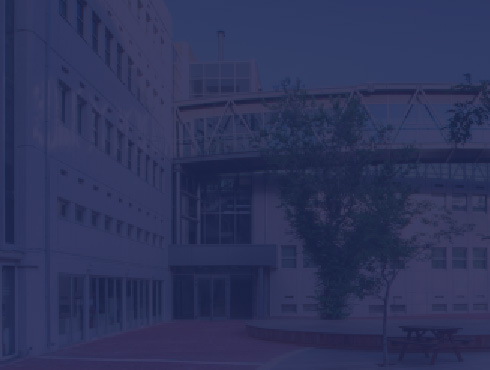The human body is a very efficient system comprised of endless different components that are working together in inspiring coordination and synergy. Recruiting this principle of the natural reach-to-grasp (R2G) movement is the cornerstone of this work towards development of an intelligent prosthetic hand that can potentially learn the body language of R2G patterns and apply a smoother and more dynamic way of action. In compare to previous research, here we acquired and decoded the time-dependent, inherent R2G movement, rather than classify number of discrete need-to-learn user gestures as most control strategies are based on. Our hypothesis is that grasp intention can be predicted and can be distinguished from other hand movement in people with transradial amputation by analyzing the kinematics of the upper-body segments, thanks to the complexity and synergy of the R2G movement. Since the end-goal is to control transradial prostheses we assumed we do not have any kinematic data from below the elbow. For this purpose, we developed a low-cost wearable IMU-based system that acquires the upper limb and torso kinematics, not including pronation-supination of the palm. Ten healthy participants were recorded at two different days by our system, as well as by optoelectronic system for validation. Each participant accomplished different R2G tasks of different objects from different and random places at random times according to visual and vocal instructions managed by application we built, while sitting and standing (total of ~2k R2G movements). In addition, the participants were recorded while walking and talking to mimic other hand movements to validate the robustness of our algorithm when differentiating R2G movement from other tasks. The data analysis was done by comparing different types of machine learning architecture, different input data types such as varied time-window samples and kinematics characteristics. Furthermore, several normalization and averaging methods were applied to extract significant characteristics that might shed a light upon the biomechanical of R2G. The results show that our real-time system accuracy for estimating the upper body joints kinematics is sufficient for predicting the grasp moment in time. In conclusions, we present here a novel concept for controlling prosthetic hand that takes advantage of the arm reaching movement that naturally occurs before almost any grasp. Our R2Gmotion approach can be easily reproduced and be used as a stand-alone control system or as a platform that other methods can be implemented on top of it to construct a robust fused control system.


